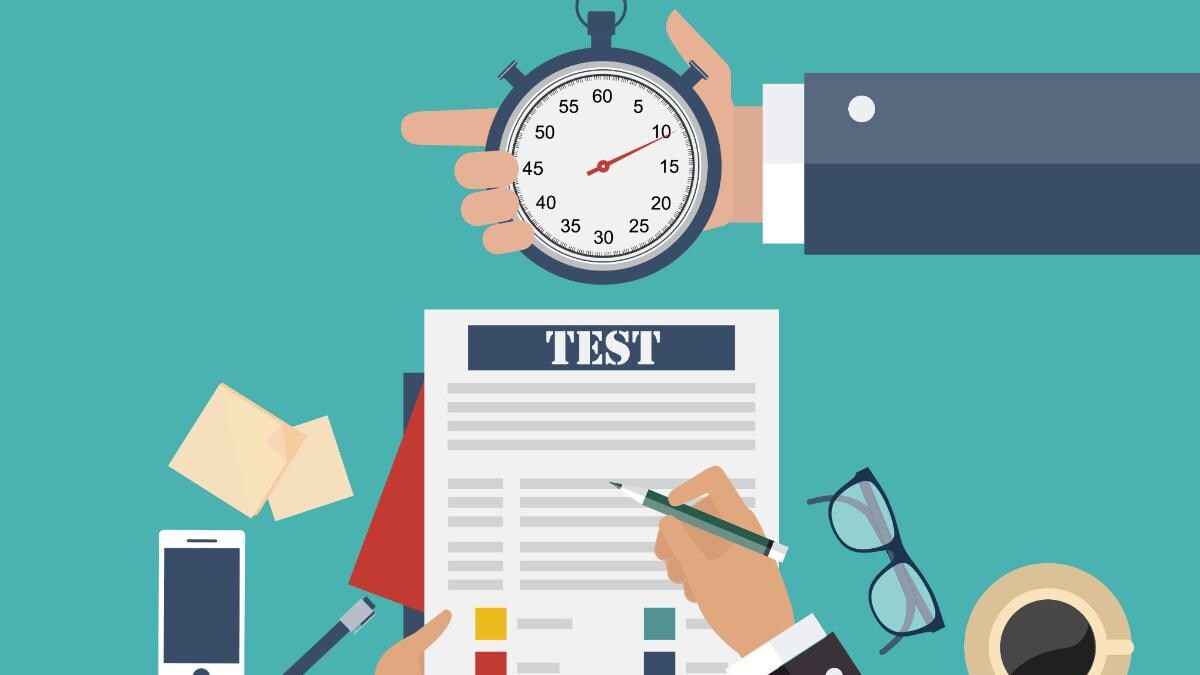In the relentless
quest for triumph in the UPSC
examination, each mark assumes monumental significance. The UPSC
examination, distinguished as one of India's most cutthroat and formidable
tests, is notable for its implementation of negative marking. This unique
evaluation system can either prove to be a blessing or a bane for aspirants,
contingent upon the dexterity with which they handle it. Within the confines of
this discourse, we shall delve into intricate strategies designed to help you
steer clear of the pitfalls of negative marking in UPSC, thereby optimizing
your prospects of success.
Deciphering Negative
Marking
Before we embark on our exploration of these strategies, let
us first acquaint ourselves with the intricate mechanism underpinning negative
marking in UPSC. The negative marking system is an instrument employed to
impose punitive measures upon candidates for any inaccuracies in their
responses. For every erroneous response, a proportionate fraction of the
allocated marks is subtracted. Conventionally, a disbursement of one-third of
the marks apportioned to a question is relinquished for an incorrect response.
The prime intent of this system is to deter the hasty adoption of random
answering, thereby fostering deliberation and informed responsiveness.
Strategies for
Mitigating Negative Marks in UPSC
1. Read Questions
Carefully
One of the preeminent triggers of negative marking lies in
the misinterpretation of the query. To circumvent this pitfall, it is incumbent
upon you to diligently peruse each question, paying meticulous heed to pivotal
keywords such as "not," "except," or "most
likely." These subtle nuances can radically transfigure the connotation of
the question, compelling you to exercise judicious discernment before venturing
an answer.
2. Time Management
Effective time management is the keystone to success in
UPSC. Renowned for its comprehensive syllabus and the constraint of time, the
examination demands the judicious allocation of time to each segment and
question. Rashly advancing through the questions augments the likelihood of erring.
Hence, judicious time allocation, with a preference for questions that instil
confidence, is paramount. The more challenging queries can be revisited
subsequently, if necessary.
3. Elimination Method
Before your definitive response selection, embark upon the
systematic culling of erroneous alternatives. This approach minimizes the
prospects of errant choices through educated conjecture. Frequently, UPSC
inquiries encompass a pair of patently erroneous alternatives. By eliminating these,
you narrow your selection and amplify the likelihood of correctness.
4. Mock Tests
The regular
undertaking of simulated evaluations is an invaluable mechanism for
acclimatizing oneself to the examination's template, variety of inquiries, and
temporal constraints. Furthermore, it affords you the opportunity to identify
patterns of errors. By acknowledging your vulnerabilities, you can channel your
efforts toward amelioration.
5. Stay Calm and
Composed
It is only natural to
be ensnared by pressure and anxiety during the UPSC examination. Nevertheless,
the surrender to panic can culminate in impulsive, erroneous responses. Thus,
it is incumbent upon you to maintain a state of placidity and composure. When
confronted with a formidable query, a measured inhalation and a composed
mindset serve as allies. Remember, there is the option to defer and revisit
questions as needed.
6. Maintain Neatness
in OMR Sheet
In the UPSC's Optical Mark Recognition (OMR) answer sheet,
the precision and elegance with which you mark your answers assume paramount
importance. Hasty and unkempt completion can culminate in misinterpretation and
erroneous evaluation, thereby resulting in the accrual of negative marks.
Employ a pen of impeccable quality and diligently fill in the bubbles with
precision.
7. Guess Wisely
While guessing should be your last resort, if you have no
idea about a question, make an educated guess. Avoid blind guessing as it can
lead to negative marks. An educated guess involves applying logical reasoning
to narrow down your choices and select the most likely answer.
8. Revision
Always leave some time for revision at the end of the exam.
This allows you to review your answers, especially the ones you had doubts
about. A quick check can help you identify and correct any mistakes.
In summary, the spectre of negative marking in UPSC may loom
ominously, but with the judicious application of the strategies delineated
herein, you can effectively curtail errors and bolster your prospects of
triumph. Remember the cardinal rules: engage in perspicacious question
comprehension, manage time sagaciously, practice through mock evaluations, and
uphold equanimity throughout the examination. By embracing these tactics, you
can outshine your competitors and inch closer to your UPSC aspirations.

